Categories
The latest content
-

Customs Clearance & Import Regulations for Bulk Iranian Pinto Beans in EU, Middle East & Africa
..
-
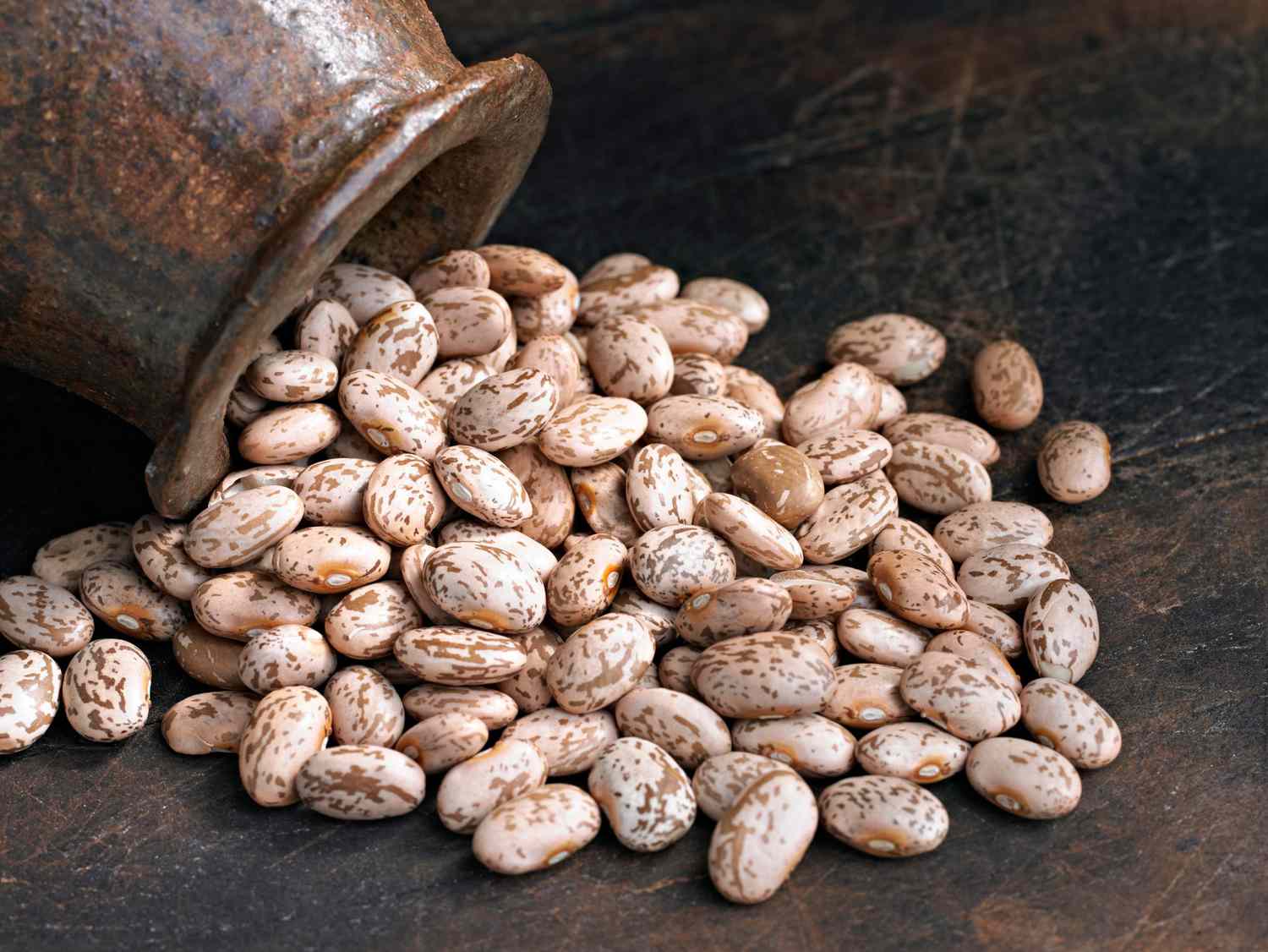
Quality Control & Laboratory Testing Standards for Iranian Pinto Beans
..
-
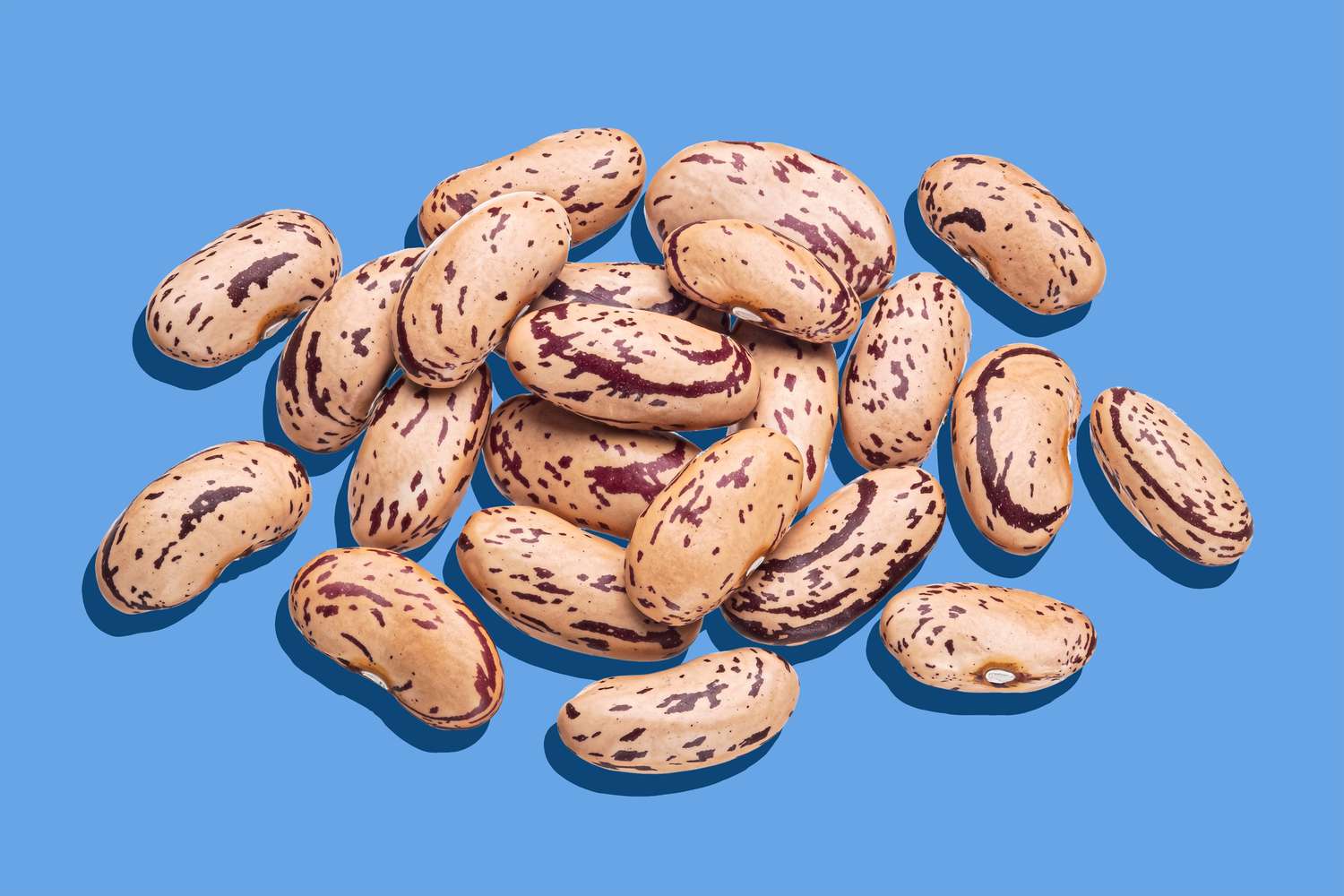
Logistics & Shipping Solutions for Bulk Iranian Pinto Bean Exports
..
-
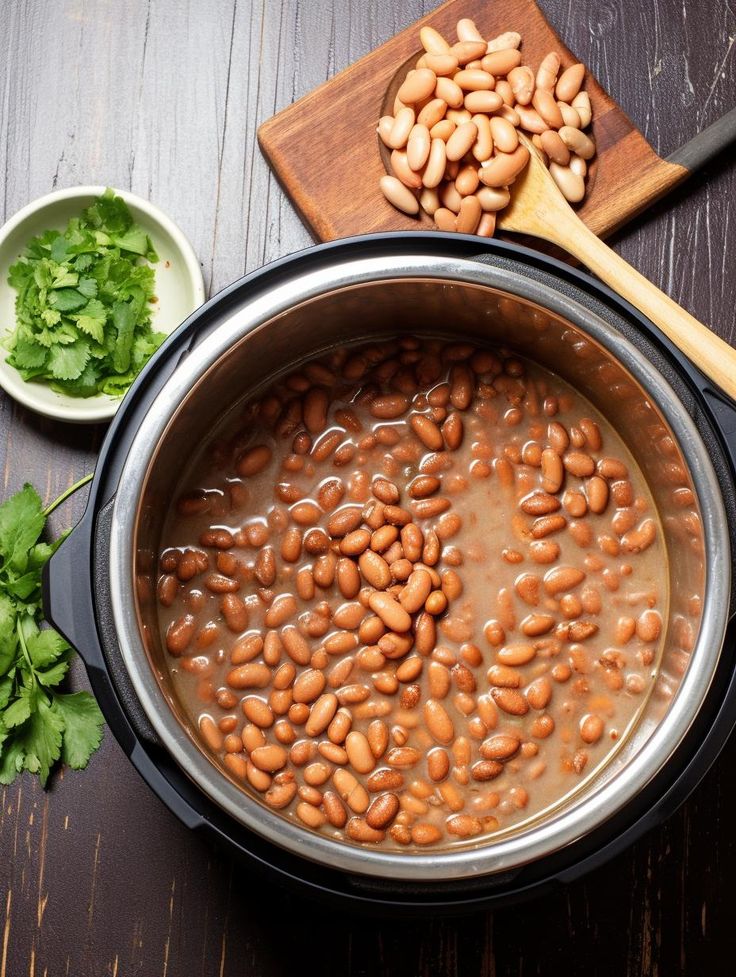
Minimum Order Quantity (MOQ) & Bulk Pricing for Iranian Pinto Bean Buyers
..
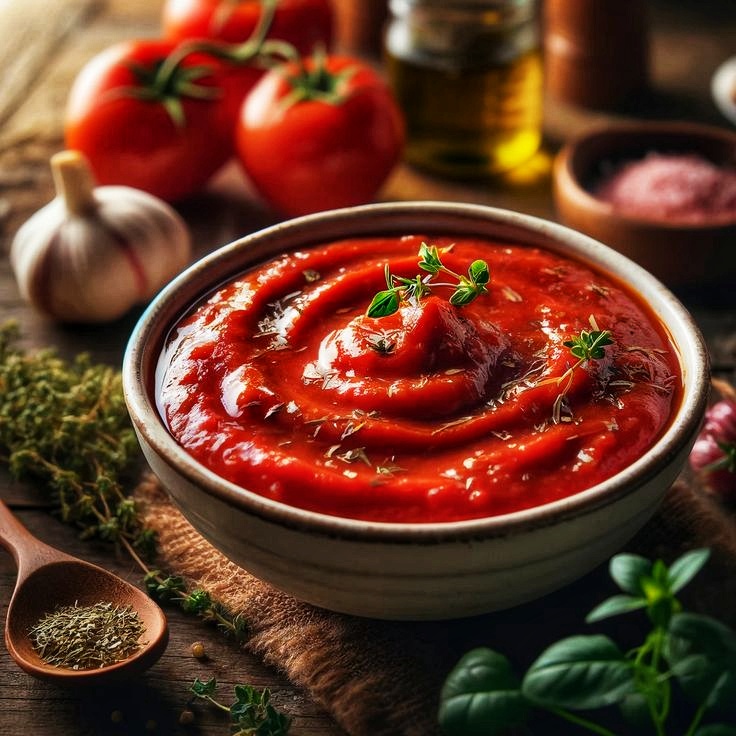
Tags
Golestan’s Golden Grains: Exploring the Rice Varieties of Northern Iran
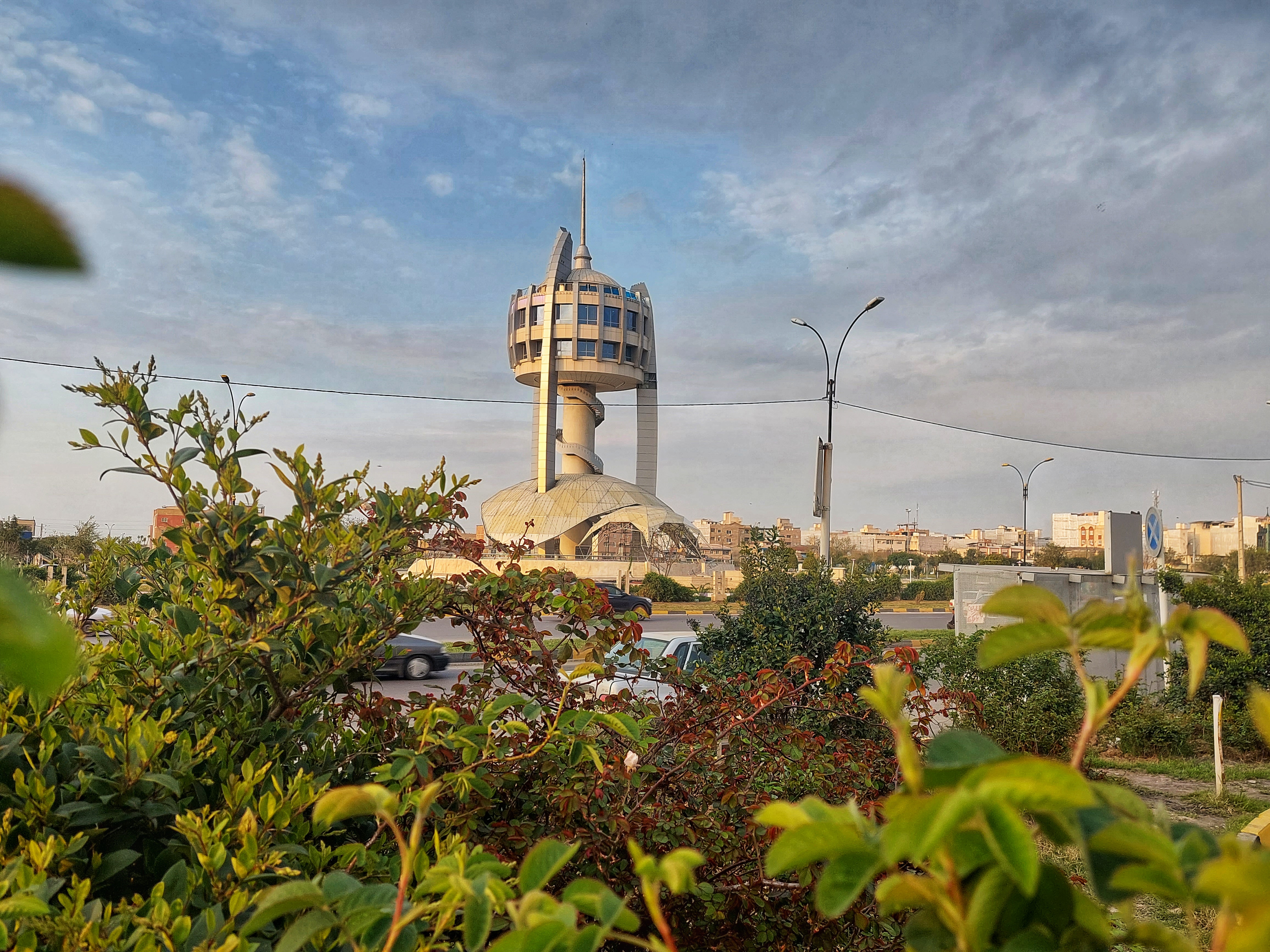
Golestan Province, nestled in the fertile lands of northern Iran, is a significant hub for rice cultivation. Blessed with a favorable climate, abundant water resources, and rich soil, this region produces some of the most sought-after rice varieties in the country. These varieties are prized for their distinct aromas, flavors, and textures, making them essential ingredients in Iranian cuisine and a source of pride for local farmers. Let’s delve into the main types of Iranian rice cultivated in Golestan Province:
1. Tarom (طارم): The Aromatic King
• The Gold Standard: Tarom rice is widely regarded as one of the highest-quality and most aromatic rice varieties in Iran. Its exceptional fragrance and delicate flavor make it a favorite among Iranians and a popular choice for special occasions.
• Grain Characteristics: Tarom grains are typically long, slender, and slightly creamy in color. They cook up fluffy and tender, with a distinct, appealing aroma that fills the kitchen.
• Golestan’s Tarom: Golestan Province is known for producing some of the finest Tarom rice in the country. The specific soil and climate conditions of the region contribute to its unique characteristics.
• Sub-Varieties: Within the Tarom family, there are several sub-varieties, each with slightly different characteristics. These include:
o Tarom Mahalli: A local variant of Tarom rice.
o Hashemi Tarom: A crossbreed known for its high yield and good quality.
2. Shirudi (شیرودی): The High-Yield Champion
• Abundant Harvests: Shirudi rice is primarily known for its high yield, making it a popular choice among farmers seeking to maximize their production.
• Grain Characteristics: Shirudi grains are generally long and slender, similar to Tarom, but may be slightly less aromatic. It cooks up well and is a good choice for everyday use.
• Affordable Option: Due to its higher yield, Shirudi rice is often more affordable than Tarom, making it a popular option for consumers on a budget.
• Consistent Quality: While not as prized for its aroma as Tarom, Shirudi offers consistent quality and a satisfying eating experience.
3. Fajr (فجر): The Modern Hybrid
• Developed for Efficiency: Fajr rice is a modern hybrid variety developed to combine desirable traits such as high yield, disease resistance, and good cooking quality.
• Grain Characteristics: Fajr grains are typically long and slender, with a slightly firmer texture compared to Tarom.
• Adaptable and Reliable: This variety is known for its adaptability to different growing conditions, making it a reliable choice for farmers in Golestan Province.
• Balanced Qualities: Fajr rice offers a balance between yield, quality, and affordability, making it a versatile option for both farmers and consumers.
4. Neda (ندا): The Early Maturing Variety
• Short Growing Season: Neda rice is known for its early maturity, meaning it can be harvested in a shorter growing season compared to other varieties. This makes it a suitable choice for areas with limited water resources or shorter growing seasons.
• Grain Characteristics: Neda grains are typically medium-length and have a good cooking quality.
• Efficient Production: Its early maturity allows for more efficient land use and potentially multiple harvests in some areas.
• Regional Significance: Neda rice plays an important role in Golestan Province, particularly in regions where early harvesting is essential.
5. Saderi (صدری): The Traditional Choice
• Heirloom Variety: Saderi rice represents a more traditional, heirloom variety that has been cultivated in the region for generations.
• Unique Flavors: Saderi rice is often prized for its unique flavor profile, which can vary depending on the specific region and growing conditions.
• Specialty Markets: This variety is often found in specialty markets and is favored by those seeking a more authentic and traditional rice experience.
• Preserving Heritage: Cultivating Saderi rice helps to preserve the agricultural heritage of Golestan Province.
• Golestan’s Rice Legacy:
• Golestan Province’s dedication to rice cultivation has resulted in a diverse range of varieties, each with its unique characteristics and contributions to Iranian cuisine. From the aromatic elegance of Tarom to the high-yield efficiency of Shirudi and the modern adaptability of Fajr, Golestan’s rice fields offer a bounty of options for consumers and a source of livelihood for local farmers.
• By understanding the different types of Iranian rice grown in Golestan, consumers can make informed choices based on their preferences and needs, while appreciating the rich agricultural heritage of this northern Iranian province.



